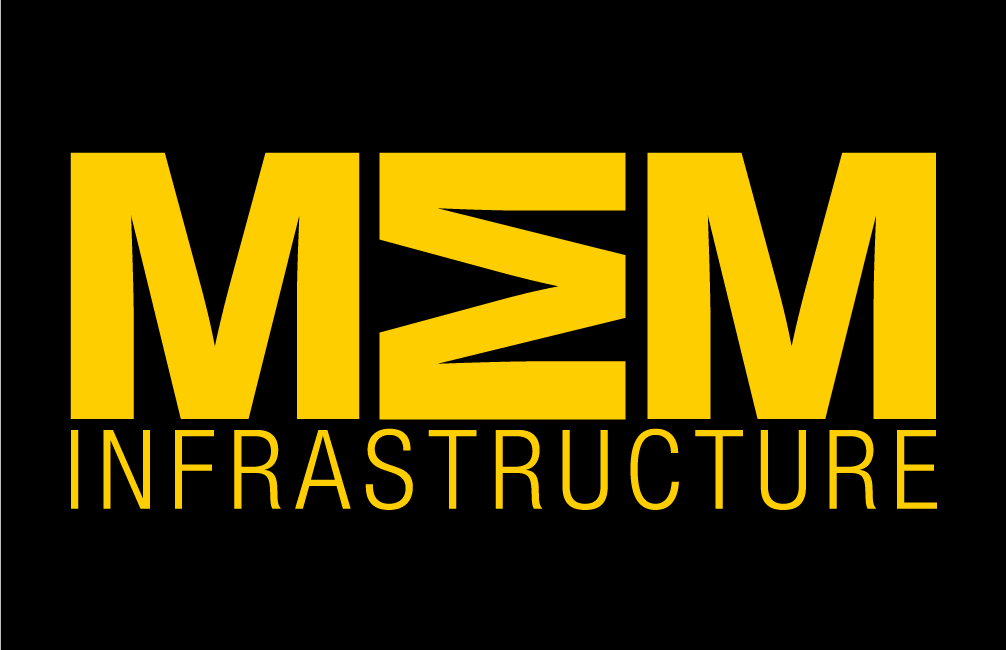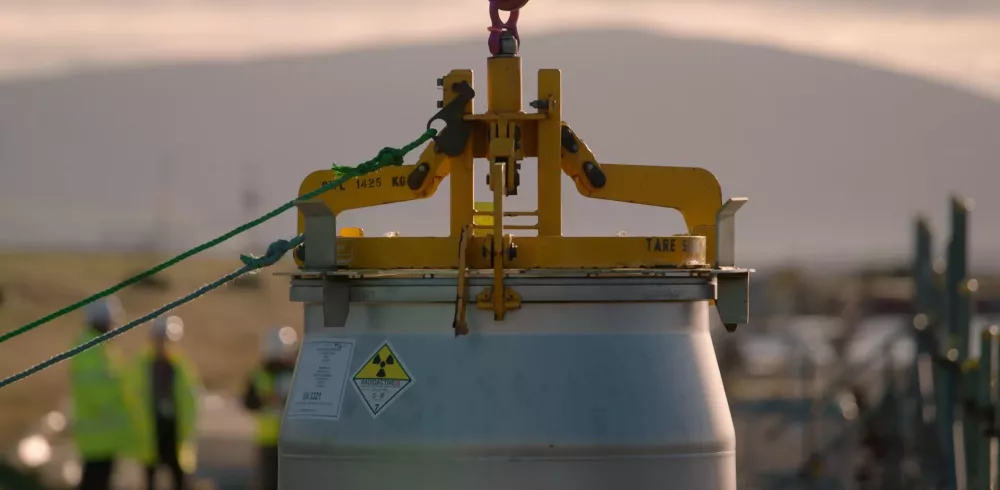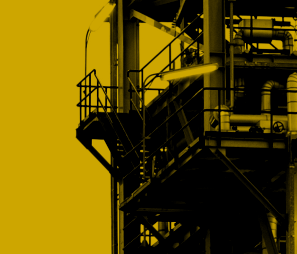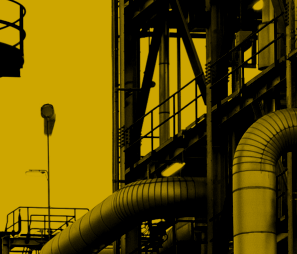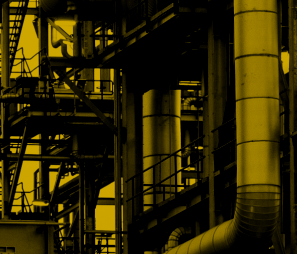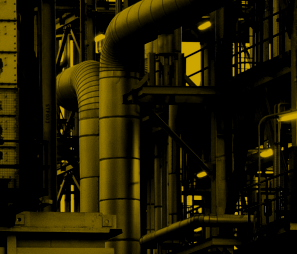A major collaboration between Nuclear Waste Services (NWS), Nuclear Restoration Services (NRS) and Nuclear Transport Solutions (NTS) to safely and efficiently manage, and permanently dispose of more than 1,000 drums of waste, has completed earlier than expected.
The innovative project was an accumulation of eight years’ work and has seen eleven consignments, of low level radioactive waste, transported by rail from the NRS site at Winfrith, Dorset, to the Low Level Waste Repository in Cumbria for final disposal.
The initiative was a successful collaboration with Nuclear Waste Services, Nuclear Restoration Services and Nuclear Transport Solutions working together to safely and efficiently dispose of the drums.
All organisations involved are part of the NDA group, which is responsible, on behalf of government, with the mission to clean-up the UK’s earliest nuclear sites safely, securely and cost effectively.
The waste originated from the Steam Generating Heavy Water Reactor at Winfrith, which shut down in 1990. The drums were initially characterised as Intermediate Level Waste and put in interim storage in the Treated Radwaste Store (TRS) at Winfrith. However, after a period of time resulting in significant radioactive decay, and further detailed technical analysis by NWS, the waste was re-characterised as low level waste. This allowed them to be disposed of at the Low Level Waste Repository, to make the waste permanently safe, sooner.
The drums have been disposed of utilising void space in Vault 8, optimising the use of the Repository, and freeing up the Winfrith facility for alternative use or decommissioning. Final disposal of this waste has also removed the requirement for long-term storage saving money for the UK taxpayer.
The initiative also made significant carbon emissions savings by safely transporting the waste sustainably by rail instead of road after using innovative solutions to adapt the containers for rail transportation.
Laura Street, Winfrith and Harwell Head of Waste, Nuclear Restoration Services, commented:
“The retrieval operation of the drums from the store went really well. We managed to improve our timings on each retrieval, meaning that the final drum was retrieved well ahead of schedule. The shipment of the drums by rail provided significant savings to the taxpayer and also saved 7502kg carbon emissions for each rail shipment compared to transporting these drums by road.
“This achievement takes us another step closer to completing our decommissioning mission and returning the site to heathland with public access. Many thanks to all parties involved who have made this possible, a great example of a collaborative approach.”
Howard Falconer, Head of Waste Services, Nuclear Waste Services, said:
“Seeing the final train arrive at the Repository was a proud moment and significant milestone for this successful project.
“It is the result of years of collaborative planning and preparation by Nuclear Waste Services, Nuclear Restoration Services, Nuclear Transport Solutions and our extensive supply chain partners involved.
“Planning and preparation were key to the success of this project with NWS staff working with Winfrith Site to explore alternatives to manage the waste more effectively. This work is integral to our mission, to make the UK’s nuclear waste permanently safe, sooner.”
Seth Kybird, NTS CEO added:
“This is what the NDA group does best – working together towards a shared goal and providing the best possible efficiencies.
“We’re proud to be the group’s logistics specialist and ensure the safe, secure and reliable transport of nuclear materials.”
Transporting the drums by rail instead of road saved 7502 kg carbon emissions for each rail shipment, the equivalent to a flight from LHR to Sydney.
The Low Level Waste Repository in Cumbria is the UK’s primary LLW disposal facility. This nuclear licensed site enables the safe, secure, and environmentally compliant effective management and disposal of the UK’s radioactive low level waste.
In the last decade low level and intermediate level waste has been dealt with more sustainably. Alternative options such as re-use, recycling, decontamination, incineration, and
specialised landfill, (for waste with the very lowest levels of radioactivity), are now preferred with disposal seen as a last resort.
The NRS Winfrith site is located on an 84-hectare site in Dorset. It was a centre for nuclear research and development to enable vital research into reactor design. There have been nine experimental reactors on the site at various times, with only two remaining today; the Steam Generating Heavy Water Reactor (SGHWR) and Dragon, both of which are being decommissioned. NRS are working on delivering the Winfrith site to heathland with public access.
Manufacturing & Engineering Magazine | The Home of Manufacturing Industry News


